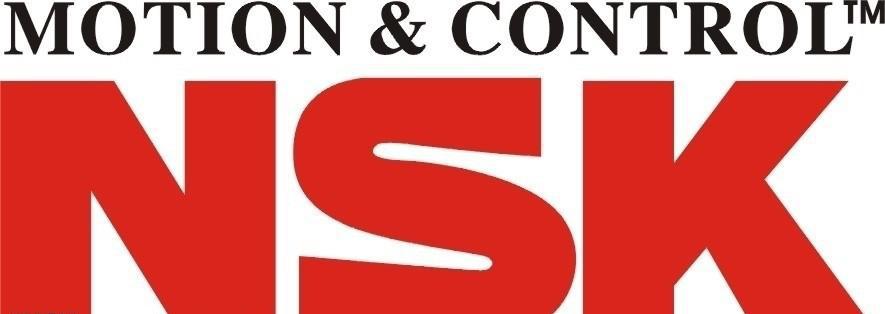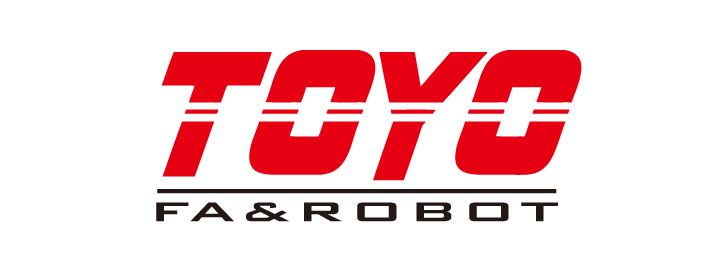The landscape of industrial automation is rapidly evolving, and with it comes a complex web of legal regulations that govern its fair practices. As I delve into the intricacies of the industrial automation fair, I am struck by how these laws not only shape industry standards but also facilitate smoother mediation processes among stakeholders.
The Regulatory Landscape Surrounding Industrial Automation Fair
The Industrial Automation Fair serves as a pivotal platform for showcasing innovations in automation technology while adhering to stringent legal frameworks. These regulations are designed to ensure compliance with safety standards, intellectual property rights, and environmental considerations. Moreover, they play an essential role in mediation processes by providing clear guidelines for conflict resolution between exhibitors and attendees regarding product claims or contractual obligations. By establishing a structured environment where disputes can be addressed efficiently, these laws enhance trust within the industry.
Diving Deeper: The Role of Electronics Show in Mediation Processes

At events like electronics shows intertwined with industrial automation fairs, mediation processes take on unique characteristics due to their diverse participant base. Here, various stakeholders—including manufacturers, suppliers, and end-users—come together under one roof. This convergence often leads to misunderstandings or disputes over technical specifications or service agreements. However, established protocols during such shows allow for effective mediation strategies that prioritize open communication and collaborative problem-solving approaches tailored specifically for this dynamic environment.
Understanding ITES’ Contribution to Mediation Processes
The Information Technology Enabled Services (ITES) sector plays a crucial role in enhancing mediation processes at industrial automation fairs through digital platforms that streamline dispute resolution mechanisms. With advanced technologies facilitating real-time communication and documentation sharing among parties involved in conflicts—be it related to contracts or product functionalities—the ITES framework ensures transparency throughout the process. This technological integration not only expedites resolutions but also fosters an atmosphere conducive to innovation-driven discussions.
Conclusion: The Importance of Legal Regulations in Mediation Processes at Industrial Automation Fairs
In summary, navigating the legal landscape surrounding industrial automation fairs reveals significant insights into how regulatory frameworks influence mediation processes within this vibrant sector. By ensuring adherence to established laws while leveraging modern technologies like those offered by ITES during events such as electronics shows, we can foster an ecosystem where collaboration thrives amidst challenges—a vital component for driving future advancements in industrial automation.
